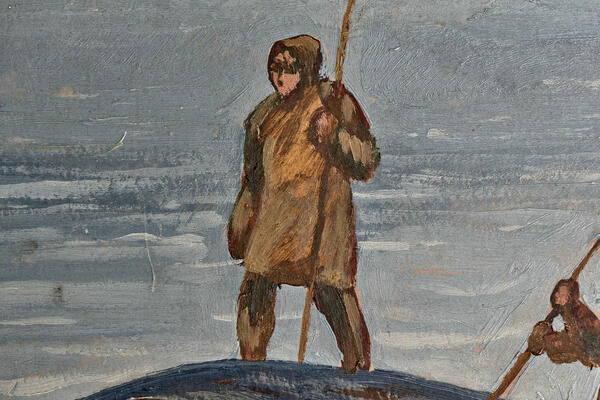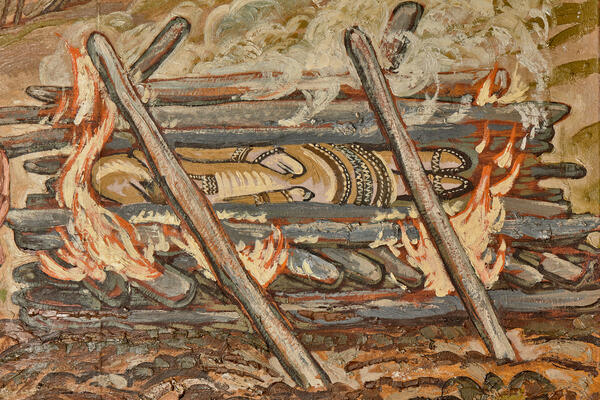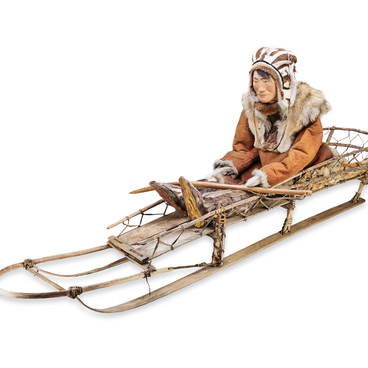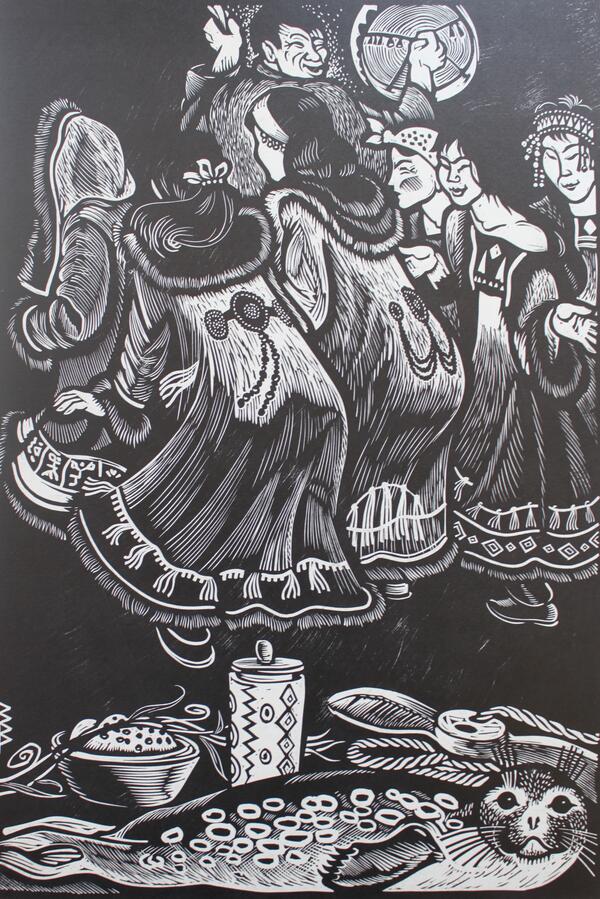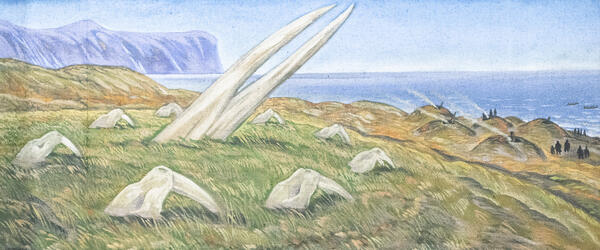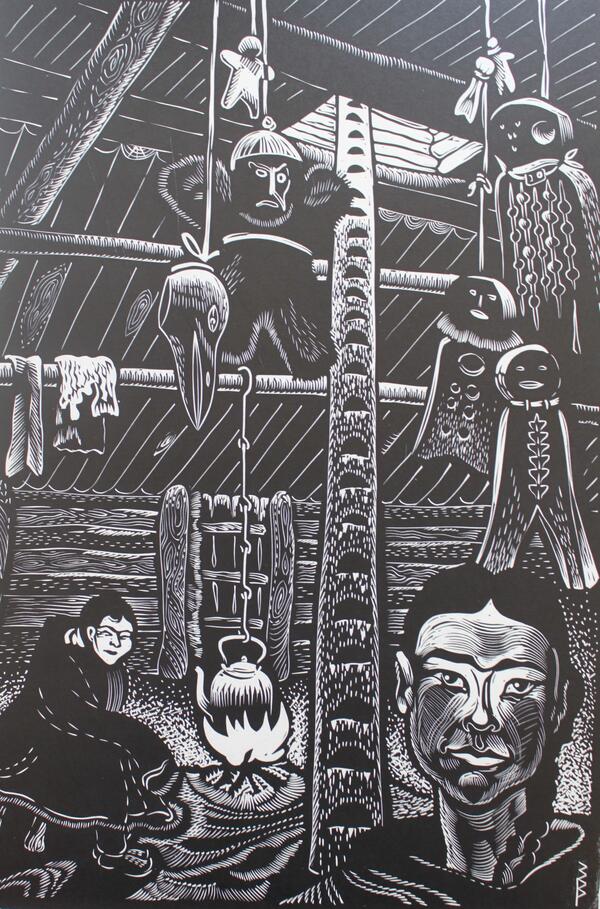One of the main sources of subsistence for the settled Koryak people of the Okhotsk coast was fishing for marine mammals, including whales and various types of seals. The center of seal fisheries of this indigenous Kamchatka people was the village of Paren. Whale festivals were held here, attended by the population of the entire coast.
The main weapon of the hunters was the harpoon (“vemek”). Before they knew iron, the Koryaks made harpoon tips from bones or tusks. Before approaching a whale, eight seal bladders inflated with air were tied to the sides of the kayak. Once they got close to the animal, one of the hunters, armed with a harpoon, stood on the bow and threw the weapon at the target, while the others, rowing as hard as they could, hurriedly lowered the ship’s cable to which the harpoon was tied. This was done to prevent the whale from dragging them under the water after it. Having thus exhausted the whale, the hunters returned with it to the shore, where they were greeted with cheers. This is what the painter Vladimir Zorin depicted on the panel.
In the right part of the piece, the artist painted a scene of an ancient Koryak funeral.
When someone died inside a dwelling, a hole was cut in the wall at the place where the person was lying. Through it the body was pulled out with all the person’s clothes, bow, arrows and other possessions. After that the breach was quickly sealed. The Koryaks were afraid that the deceased or the disease might return to them.
After that, relatives and friends left the yurt, sat around the deceased and wept for them. After some time, a pile of firewood was brought to the place. The deceased was carried to it, with a shaman carrying a drum leading the way. The deceased was placed on the pile of firewood, lying on its back, facing east, and the person’s belongings were placed next to him.


